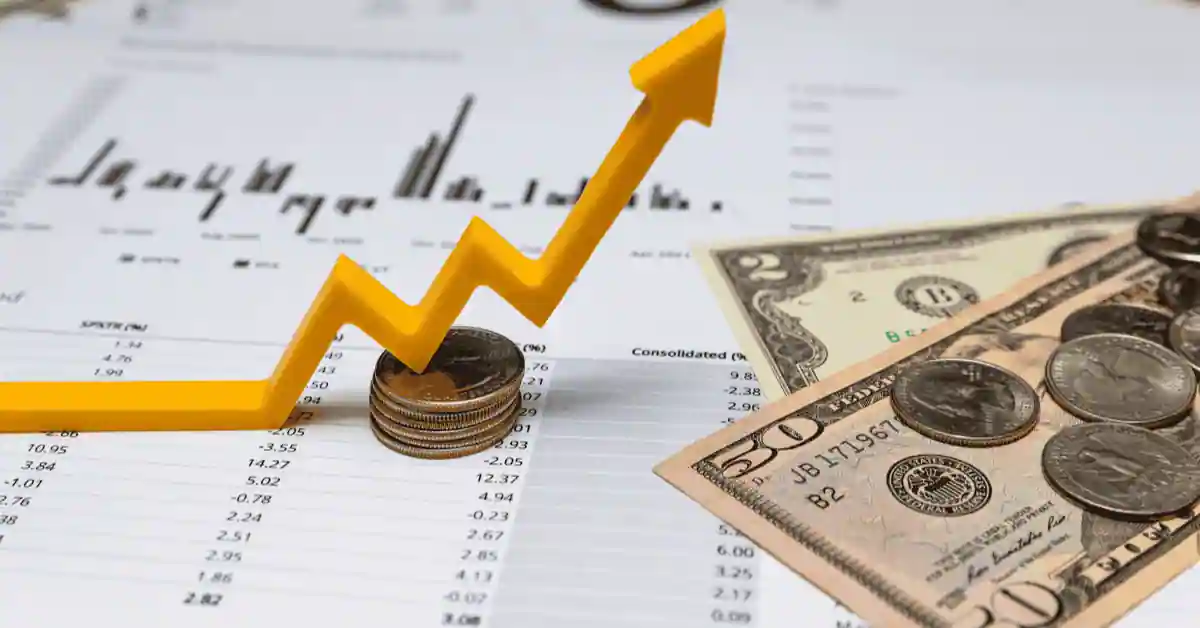In today’s digital world, finding potential donors can feel like looking for a needle in a haystack. But what if I told you there was a way to get that needle to find you instead? Enter Google Alerts — a simple yet powerful tool that can help you find donor leads without spending hours scouring the internet. Let’s explore how you can use Google Alerts to streamline your lead generation process and connect with potential donors effortlessly.
Introduction
Fundraising is often a daunting task for nonprofits and individuals looking to support meaningful causes. The key to success lies in reaching the right people at the right time — and Google Alerts can help you do just that. Imagine having a personal assistant that scours the web 24/7, delivering promising donor leads straight to your inbox. Sounds pretty convenient, right? This article will guide you step-by-step on how to set up Google Alerts and use them effectively for finding donor leads.
What is Google Alerts?
A Brief Overview
Google Alerts is a free tool provided by Google that allows you to monitor the web for specific keywords. Whenever new content is published containing your chosen keywords, Google Alerts notifies you via email. This means you can stay informed about relevant topics, news, or opportunities without manually searching.
The Power of Alerts in Today’s World
With information overload being a constant challenge, Google Alerts acts like a filter, bringing only the most relevant content to your attention. For those looking to connect with potential donors, this is a game-changer. Instead of spending hours online, you can set up Alerts and let Google do the heavy lifting.
How Can Google Alerts Help Find Potential Donors?
Reaching the Right Audience
Google Alerts can help you reach the right audience by notifying you of discussions, articles, or events where people may be interested in donating to causes like yours. For instance, you can set Alerts for terms like “charity event,” “donation drive,” or “supporting nonprofits.”
Automating the Lead Generation Process
Instead of relying on traditional methods like cold calls or email lists, Google Alerts allows you to automate parts of the lead generation process. This means less time researching and more time building meaningful relationships with potential donors.
Setting Up Google Alerts for Donor Leads
Step-by-Step Guide
- Go to Google Alerts.
- Enter a keyword or phrase related to your cause (e.g., “charity fundraising” or “donation opportunities”).
- Customize the settings, such as how often you receive notifications, sources, and regions.
- Click “Create Alert” to start receiving updates.
Best Practices for Effective Alerts
- Be specific with your keywords to avoid irrelevant results.
- Use quotation marks for exact phrases (e.g., “cancer research donations”).
- Set the frequency to “As-it-happens” for timely opportunities.
Choosing the Right Keywords
Keyword Research Tips
The success of your Google Alerts hinges on choosing the right keywords. Consider what potential donors might be interested in or searching for. Think about specific causes, regions, or even types of donors (e.g., corporate sponsors).
Examples of Effective Keywords for Donors
- “Local charity fundraiser”
- “Corporate giving opportunities”
- “Nonprofit donation drive”
By refining your keywords, you can ensure that your alerts are relevant and lead to real opportunities.
Filtering Out Irrelevant Alerts
Using Negative Keywords
To keep your inbox from overflowing with irrelevant alerts, use negative keywords. For example, if you don’t want updates about charity shops, you could add “-shop” as a negative keyword.
Adjusting Frequency and Sources
Another way to refine your results is by adjusting the frequency and sources of your alerts. Choose specific types of sources, such as blogs or news sites, and set the frequency to a level that works for you.
Leveraging Google Alerts with Other Tools
Combining Alerts with CRM Software
Using Google Alerts alongside a CRM (Customer Relationship Management) tool can help you manage your leads effectively. When an alert comes in, you can add the information to your CRM and track interactions with potential donors over time.
Using Alerts Alongside Social Media Monitoring
Google Alerts is great for web content, but combining it with social media monitoring tools can help you stay on top of donor discussions happening on platforms like Twitter and Facebook. This holistic approach gives you a well-rounded view of potential leads.
Benefits of Using Google Alerts for Lead Generation
Cost-Effective Solution
One of the biggest advantages of Google Alerts is that it’s completely free. For nonprofits and small organizations working with tight budgets, it’s a cost-effective way to identify potential donors without investing in expensive lead generation software.
Real-Time Opportunities
Google Alerts can provide you with real-time opportunities. This means you can act quickly when you see a relevant mention, reaching out to potential donors while they’re actively engaged with a topic related to your cause.
Common Challenges and How to Overcome Them
Handling Information Overload
One of the challenges with Google Alerts is the potential for information overload. To overcome this, make sure you refine your keywords regularly and only keep the alerts that bring you valuable information.
Ensuring Alerts Are Actionable
Not all alerts are actionable. The key is to assess each alert and determine if it’s worth pursuing. If an alert doesn’t seem promising, don’t be afraid to delete it and move on.
Real-Life Success Stories
Nonprofits Finding Donors with Ease
Many nonprofits have successfully used Google Alerts to find new donors. For example, a small animal shelter in California used Alerts to connect with local businesses interested in supporting animal welfare. This led to multiple new partnerships and donations.
Small Organizations Making Big Impacts
A community group focused on clean water initiatives set up Google Alerts for terms like “clean water project donations.” They were able to connect with individuals and companies who were actively looking to support environmental causes, significantly boosting their fundraising efforts.
Conclusion
Google Alerts is a powerful yet underutilized tool that can make the process of finding potential donors much easier. By setting up targeted alerts, choosing the right keywords, and refining your results, you can have potential donor leads delivered right to your inbox. It’s all about working smarter, not harder, and leveraging the tools available to maximize your fundraising success. Whether you’re a nonprofit or an individual looking to support a cause, Google Alerts can help you connect with the right people at the right time.
FAQs
1. How do I choose the best keywords for Google Alerts?
Start by thinking about what potential donors might search for. Use specific phrases related to your cause, such as “local charity fundraiser” or “donation opportunities for education.”
2. How often should I set Google Alerts to notify me?
It depends on your needs. If you want to act quickly on new leads, choose “As-it-happens.” Otherwise, “Once a day” can be a good balance.
3. Can I use Google Alerts for free?
Yes, Google Alerts is completely free to use, making it a great option for nonprofits and small organizations with limited budgets.
4. How can I avoid getting too many irrelevant alerts?
Refine your keywords and use negative keywords to filter out unwanted results. Also, adjust your alert settings to limit the frequency and types of sources.
5. Can Google Alerts replace other lead generation tools?
While Google Alerts is a helpful tool, it’s best used alongside other methods, such as CRM software and social media monitoring, for a comprehensive lead generation strategy.






